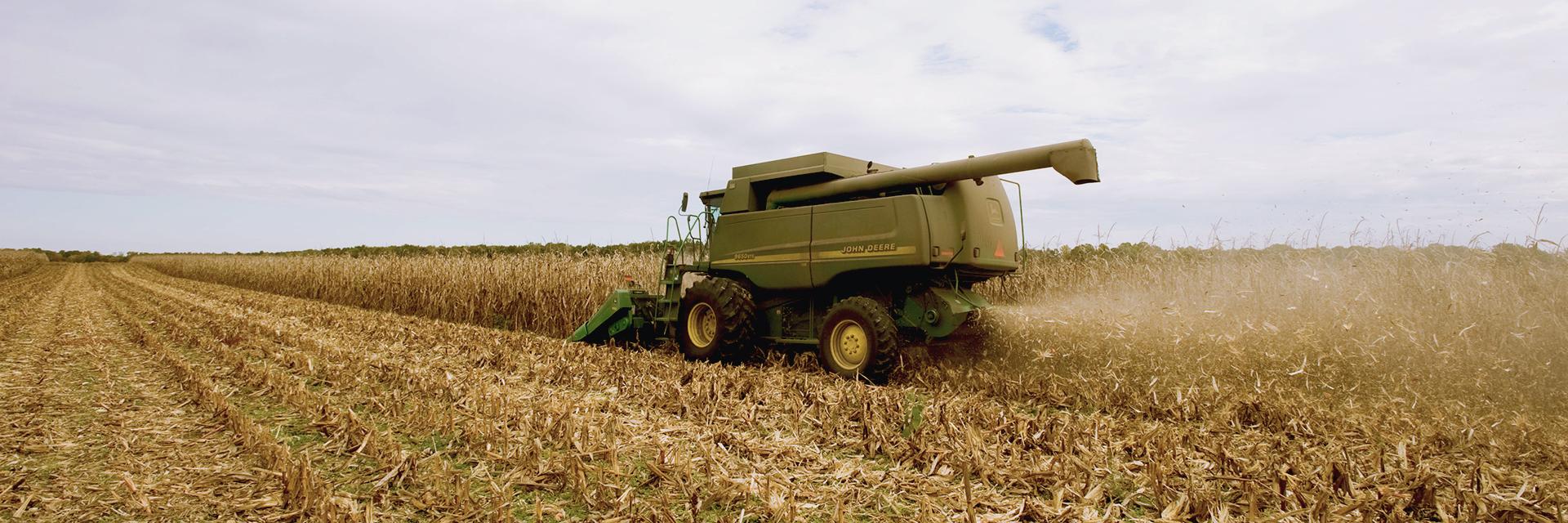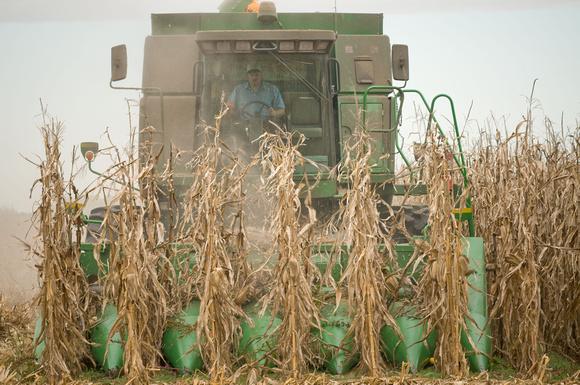2018 Organic Production Meeting, Grain, Vegetable & Livestock
Recordings
Organic Production Meeting – Welcome
Video Length: 11:55
Description: Presented by Jenny Rhodes at the 2018 University of Maryland Extension's Organic Production Meeting at Chesapeake College in Wye Mills, MD. Watch recording
Next Generation of Organic Farmers
Video Length: 1:21:58
Description: A panel discussion including organic farmers: Matt Fry, Wes Winterstien, Evan Miles, Matt Neilson, George Cartanza and Matt Webber at the 2018 University of Maryland Extension's Organic Production Meeting at Chesapeake College in Wye Mills, MD. Watch recording
Latest Research from Local Scientists for Organic Farmer’s Research Needs
Video Length:1:03:25
Description: A panel discussion including: Dr. Michel Cavigelli, Dr. Kathryne L. Everts, Cerruti Hooks, Dr. Steven Mirsky and Dr. Mark J. VanGessel at the 2018 University of Maryland Extension's Organic Production Meeting at Chesapeake College in Wye Mills, MD. Watch recording
Effects of Cover Crops on Water and Nutrient Dynamics
Video Length: 57:51
Description: Presented by Dr. Steven Mirsky at the 2018 University of Maryland Extension's Organic Production Meeting at Chesapeake College in Wye Mills, MD. Watch recording
What is the Certification Process and Much More
Video Length: 49:45
Description: Presented by William Rawlings, Food Quality Assurance, MDA at the 2018 University of Maryland Extension's Organic Production Meeting at Chesapeake College in Wye Mills, MD. Watch recording
Can Living Mulches be Deployed into Conservation Tillage Systems
Video Length: 51:42
Description: Presented by Cerruti Hooks at the 2018 University of Maryland Extension's Organic Production Meeting at Chesapeake College in Wye Mills, MD. Watch recording
Managing Nutrients in Organic Systems for Long Term Sustainability
Video Length: 1:13:39
Description: Presented by Michel Cavigelli, Research Soil Scientist, USDA-ARS, Sustainable Agriculture Systems Lab at the 2018 University of Maryland Extension's Organic Production Meeting at Chesapeake College in Wye Mills, MD. Watch recording
How Useful are Biostimulents in Organic Vegetable Systems?
Video Length: 42:35
Description: Biostimulents can improve crop yields and/or quality at times, but not consistently. There are some strategies that can make the biostimulents more reliable, but at a cost. See results from the use of biostimulents in organic tomato, pepper and cucurbit systems for several years. Watch recording
Growing Organic Poultry
Video Length: 48:13
Description: Presented by Georgie Cartanza, Poultry Extension Agent, Delaware Cooperative Extension, at the 2018 University of Maryland Extension's Organic Production Meeting at Chesapeake College in Wye Mills, MD. Watch recording
Thanks for watching QACTV --- Please subscribe to get more Queen Anne's County Videos and be sure to visit our website http://qac.org/410/QACTV Like us on Facebook at https://www.facebook.com/qactv7/ Follow us on Twitter at https://twitter.com/qacpressrelease Visit https://www.qactv.com to see the latest Queen Anne's County Meetings And if you have cable, watch us on Atlantic Broadband Channel 7 Email us at qacpressreleases@gmail.com Please Note: Queen Anne’s County is not responsible for the content provided on “related” and “promoted” videos that are accessible from this county’s YouTube channel. All viewers should note that these related videos and comments expressed on them do not reflect the opinions and position of the Queen Anne’s County Government or its employees.
License
Creative Commons Attribution license (reuse allowed)


